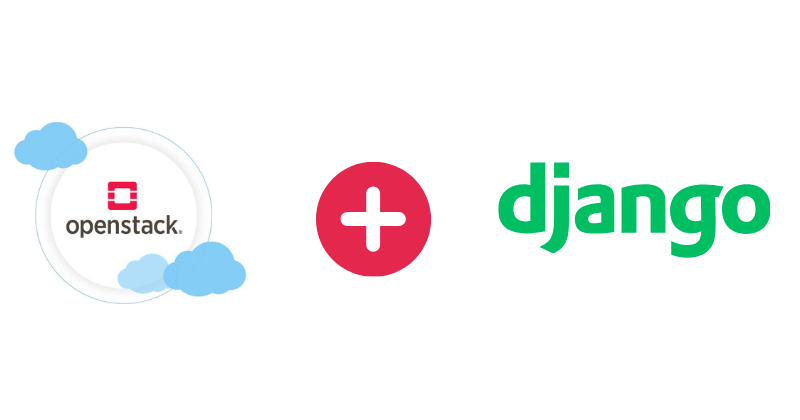Series Introduction
 Azeez Aremu
Azeez Aremu
Hello and welcome! Let me tell you in case you don’t know ( it’s good if you know already ) that businesses and developers are constantly searching for tools and platforms that allow them to build robust applications while managing cloud resources effectively. This is where the combination of OpenStack and Django comes into play — a synergy that brings together the power of cloud infrastructure and the agility of a proven web framework.
This series is structured to help you explore the capabilities of OpenStack, the leading open-source cloud platform, with Django, the Python web framework, to build, manage, and deploy cloud-driven applications.
Why OpenStack?
I know you are already curious and asking yourself, “why openstack?“ - OpenStack is the go-to open-source platform for creating private and public cloud infrastructures. It provides a suite of tools that manage computing, storage, and networking resources at scale. With components like Nova for compute, Swift for storage, and Neutron for networking, OpenStack equips developers with the building blocks to create cloud-powered ecosystems.
But what sets OpenStack apart is its flexibility and extensibility. Whether the business is a small startup or a large enterprise, OpenStack can be tailored to meet your specific needs, from managing virtual machines to orchestrating complex cloud workflows.
Why Django?
Yes, to your second question, “Why Django?“ - Django, famously known as the “web framework for perfectionists with deadlines,” is a Python-based framework that simplifies web development. Its robust features, including a built-in ORM, URL routing, and templating system, make it an excellent choice for developing scalable and maintainable applications.
Django’s ease of integration with third-party APIs (we will be using httpx to make API calls by the way!) and its ability to handle complex workflows make it a suitable choice for managing cloud resources in OpenStack. Together, they enable developers to bridge the gap between cloud infrastructure and user-centric web applications.
What’s in for you in this series?
In this blog series, we’ll dive deep into how OpenStack and Django can work together to build cloud-ready applications. Here’s a quick look at what we’ll cover:
Getting Started:
An introduction to OpenStack and Django, their architectures, and why they are ideal for building cloud applications.
Setting up OpenStack using DevStack and creating your first Django project.
Cloud Management with Django:
Exploring OpenStack’s REST APIs and learning how to interact with them using Django.
Creating a simple Cloud Resource Management Portal to
create, update and delete users and projects on Openstack
authenticate and authorize registered users on Openstack
provide and manage virtual machines.
Security and Scalability:
- Best practices for securing API credentials and implementing role-based access control in Django.
Who Is This Series For?
This series is perfect for:
Django Developers looking to integrate cloud infrastructure into their applications.
System administrators exploring ways to automate and manage OpenStack resources.
Cloud architects seeking to create scalable and secure cloud platforms.
Anyone interested in OpenStack and Django who wants to learn how to leverage them together effectively.
Whether you’re an experienced developer or new to cloud computing, this series will provide practical insights, detailed walkthroughs, and actionable code examples to help you level up your skills.
Ok, that’s it for now. We will meet again next post to set up Openstack and Django!
Talk to you soon!!!
Subscribe to my newsletter
Read articles from Azeez Aremu directly inside your inbox. Subscribe to the newsletter, and don't miss out.
Written by

Azeez Aremu
Azeez Aremu
I am a software developer with specialization on backend development.